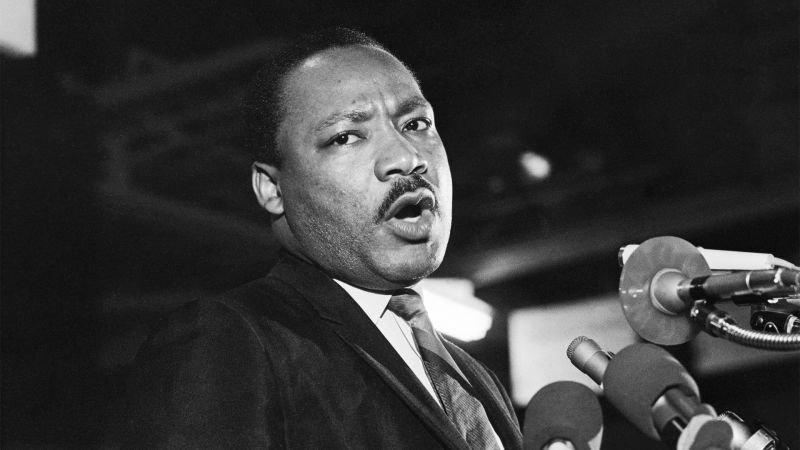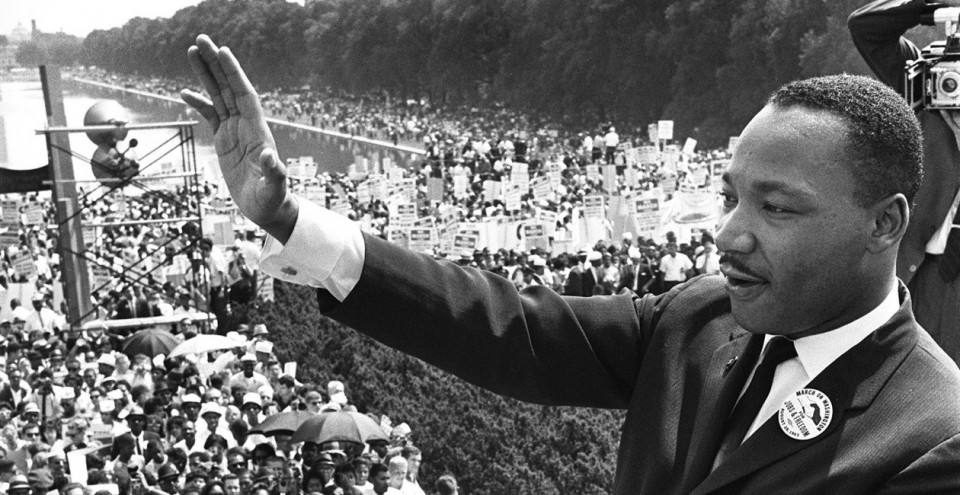
Martin Luther King Jr., a towering figure in the fight for civil rights, is a central figure in American history classrooms. Through his life, actions, and words, we learn invaluable lessons about justice, equality, and perseverance. Here are the top 10 things we often learn about Martin Luther King Jr. in school:
1. The “I Have a Dream” Speech
Delivered during the March on Washington in 1963, this iconic speech emphasized King’s vision of a racially equal society. His words, “I have a dream,” are a cornerstone of the civil rights movement and a symbol of hope for generations.
2. His Role in the Civil Rights Movement
MLK’s leadership in nonviolent protests, including sit-ins, boycotts, and marches, was instrumental in challenging racial segregation and discrimination. He became the face of the movement, advocating for change through peaceful means.
3. The Montgomery Bus Boycott
One of King’s first major roles in the movement was leading the 1955 Montgomery Bus Boycott after Rosa Parks’ arrest. His efforts showed the power of collective action and marked him as a rising leader.
4. The Philosophy of Nonviolence
Inspired by Mahatma Gandhi, King preached nonviolent resistance as the most effective way to achieve social justice. He believed that love and understanding could overcome hatred and oppression.
5. The Civil Rights Act of 1964
King’s activism played a significant role in the passage of the Civil Rights Act, which outlawed segregation in public places and prohibited employment discrimination based on race, color, religion, sex, or national origin.
6. The Nobel Peace Prize
In 1964, at just 35 years old, Martin Luther King Jr. became the youngest recipient of the Nobel Peace Prize at the time. This recognition highlighted his global impact and the importance of his nonviolent approach.
7. His Leadership in Selma and Voting Rights
King’s involvement in the Selma to Montgomery marches in 1965 spotlighted the fight for voting rights for African Americans. These efforts helped lead to the Voting Rights Act, which removed barriers preventing Black Americans from voting.
8. His Commitment to Economic Justice
Later in his life, King expanded his focus to include economic inequality. The Poor People’s Campaign, launched in 1968, aimed to address poverty across racial lines, showing his dedication to justice for all.
9. The Legacy of MLK Day
Martin Luther King Jr. Day, observed every third Monday in January, honors his life and work. It’s a reminder to reflect on his contributions and continue the fight for justice and equality.
10. The Tragic Assassination
King’s assassination on April 4, 1968, in Memphis, Tennessee, marked a dark day in American history. While his life was cut short, his message and legacy continue to inspire people worldwide.

Final Thoughts
Through the lessons of Martin Luther King Jr., students learn about resilience, the power of peaceful protest, and the importance of standing up for what’s right. His teachings transcend history, offering timeless guidance for building a more just and equitable world. As we honor MLK in our classrooms and beyond, we’re reminded that his dream is still alive — and it’s up to us to continue his work.

